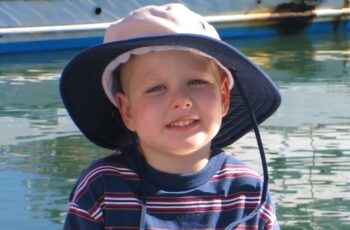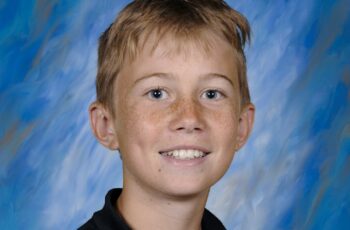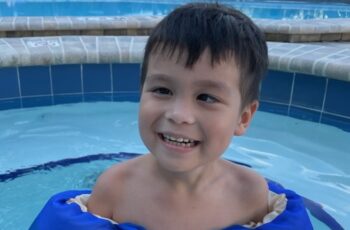Diffuse Intrinsic Pontine Glioma (DIPG)
What is a DIPG?
A DIPG is a high-grade brain tumor that grows quickly and is more likely to spread to other parts of the brain and spinal cord.
“Diffuse” means that the edges of the tumor are “infiltrate” or extend into surrounding healthy cells.
“Intrinsic Pontine” means that DIPGs originate in the pons, which is the part of the brain stem responsible for critical bodily functions such as breathing, sleeping, and blood pressure. Pressure in this area caused by the tumor can be very dangerous.
“Glioma” is a term used to describe tumors developed from glial cells. Glial cells surround, support, and protect neurons (nerve cells) in our brain and spinal cord by providing them with oxygen, nutrients, and removing dead cells.
What causes a DIPG? Who is affected?
The cause of DIPG is unknown though current research is aimed at discovering the genetic causes which could help diagnose DIPGs earlier and develop new treatments.
About 10-20% of all childhood brain tumors are DIPG.
DIPG is most common in children ages 5 to 10 but can occur at any age in childhood.
About 150-300 patients are diagnosed with DIPG in the U.S. each year.
What are the symptoms of a DIPG?
Symptoms of DIPG typically progress rapidly and are present for approximately one month before diagnosis, but subtle symptoms may occur up to six months prior.
DIPGs cause pressure on the cranial nerves that originate in the pons. In combination with hydrocephalus (the build-up of fluid in the brain), patients may experience the following symptoms: double vision, weakness, loss of balance, headaches, nausea, vomiting, fatigue, and difficulty controlling eye movement, chewing or swallowing, walking, and speaking.
How is a DIPG treated?
Having surgery to remove the tumor may not be a viable option due to the dangers of operating on a critical area of the brain.
The standard treatment for DIPG is radiotherapy, which is typically administered over a 3 to 6-week period. Patients may also receive steroids to help reduce pressure caused by the tumor and radiation treatment.
Chemotherapy drugs used to treat high-grade gliomas have not been shown be effective in treating DIPGs, possibly because of the natural blood-brain barrier intended to protect the brain.
There is no effective treatment and less than a 1% chance of survival. Just 10% of children with DIPG survive for 2 years following their diagnosis.







